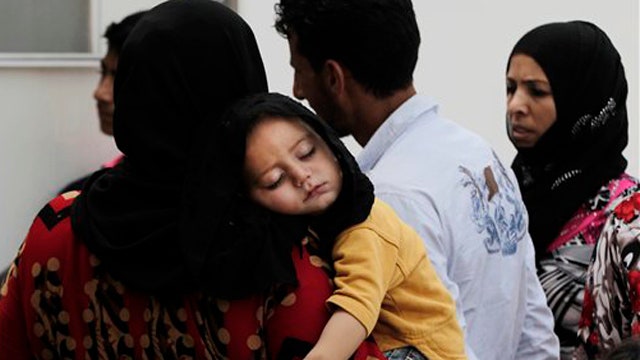Every business leader knows that budgets signal priorities. Where you spend your money indicates what is important to your business. Investments made today can reveal what you believe about the future, while budget cuts show what has less value to you.
That’s why I think this Christmas season is a good time to reflect on our commitment to children and others in need, especially in our current moment where social issues are at the forefront of our national discussion. If where we spend our money indicates what we value, holiday spending suggests a lack of awareness and concern for some of the most urgent needs in our society and around the world.
According to the National Retail Federation, consumers will spend on average $806 on food, gifts, and other holiday items this season, slightly more than last year. Surveys suggest that will add up to $630 billion in spending over the holidays.
That’s an incredible amount of money, which could be used for other things. Budgets involve tradeoffs. At a time when 22 percent of American children grow up in poverty and the world has more refugees than any other time in recorded history, how could some of that holiday spending be used to make the world a dramatically better place?
It is surprising how much could be done with a small fraction of our Christmas consumerism. The average buyer will spend about $53 on decorations alone—Christmas trees, lights, and candles. That’s enough to provide one person with clean water through World Vision’s Gift Catalog.
Or, if we pooled our Christmas savings together and dedicated this year to making the world a better place, it would give us nearly $41.5 billion to do some good in the world.
What could we do? And what could we do if we compounded that small sacrifice over the next decade? Let’s look at the numbers.
The U.N. estimates that it would cost about $30 billion a year for ten years to make the investments needed to end hunger. Because poor nutrition causes about half of deaths in children under five, according to the World Food Program, this would save about 3.1 million children every year. It would also enable the 795 million of the world’s chronically hungry people to feed themselves—without any outside help. We’d still have another $11.5 billion to share.
Around the world today, someone dies of malaria nearly every minute. Ending malaria would cost $5.9 billion a year for six years. That money would save millions of people from the crippling illness and boost local economies drained of productive workers. This would still leave more than $5 billion from our change-the-world fund.
So, rather than spending it on scented candles, we could double our efforts to respond to the 4 million children, mothers, and fathers who have fled Syria. Right now, the U.N. High Commission for Refugees is asking for $4.3 billion for its response. That appeal is only 50 percent funded, so refugees are receiving just $13 per month for food, and many other needs are unmet.
This failure is pushing refugees farther and farther from Syria, into Europe and other Western countries where they risk their lives in dangerous border crossings. Becoming a World Vision Refugee Responder would help provide the basics for refugees and allow Syrians to return home as soon as it’s safe—which they all want to do.
So, by cutting back on our Christmas spending and redirecting that merry money to our global neighbors in need, we’ve managed to end extreme hunger and malaria deaths while also giving the humanitarian agencies responding to the Syria crisis a huge boost.
Just a fraction of our holiday spending—$53 per holiday shopper—could literally save millions of lives. That’s an investment with an incredible return.
It doesn’t take much to change the world or save a life. It just requires making it a priority in our own budgets this Christmas season.









































